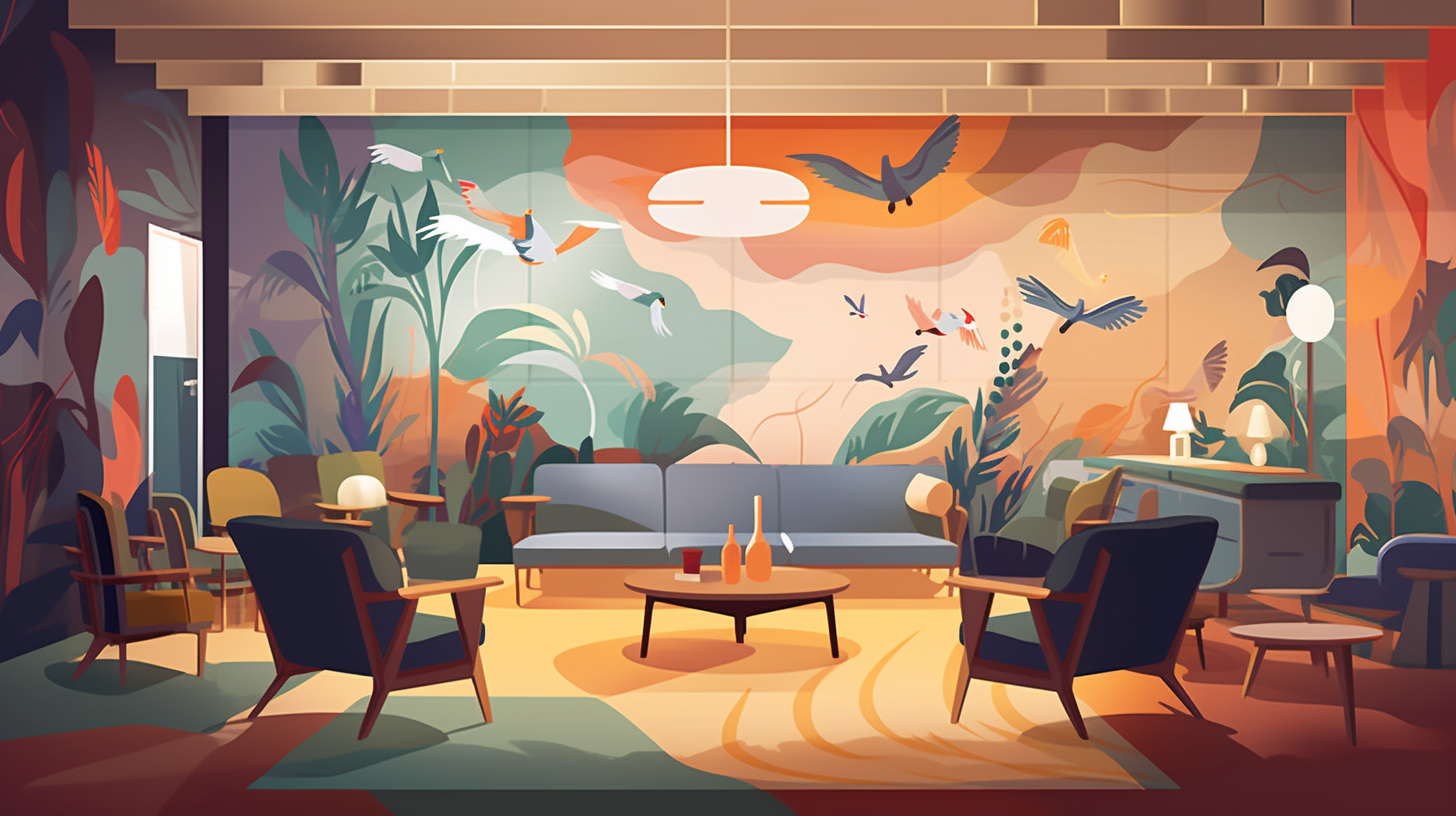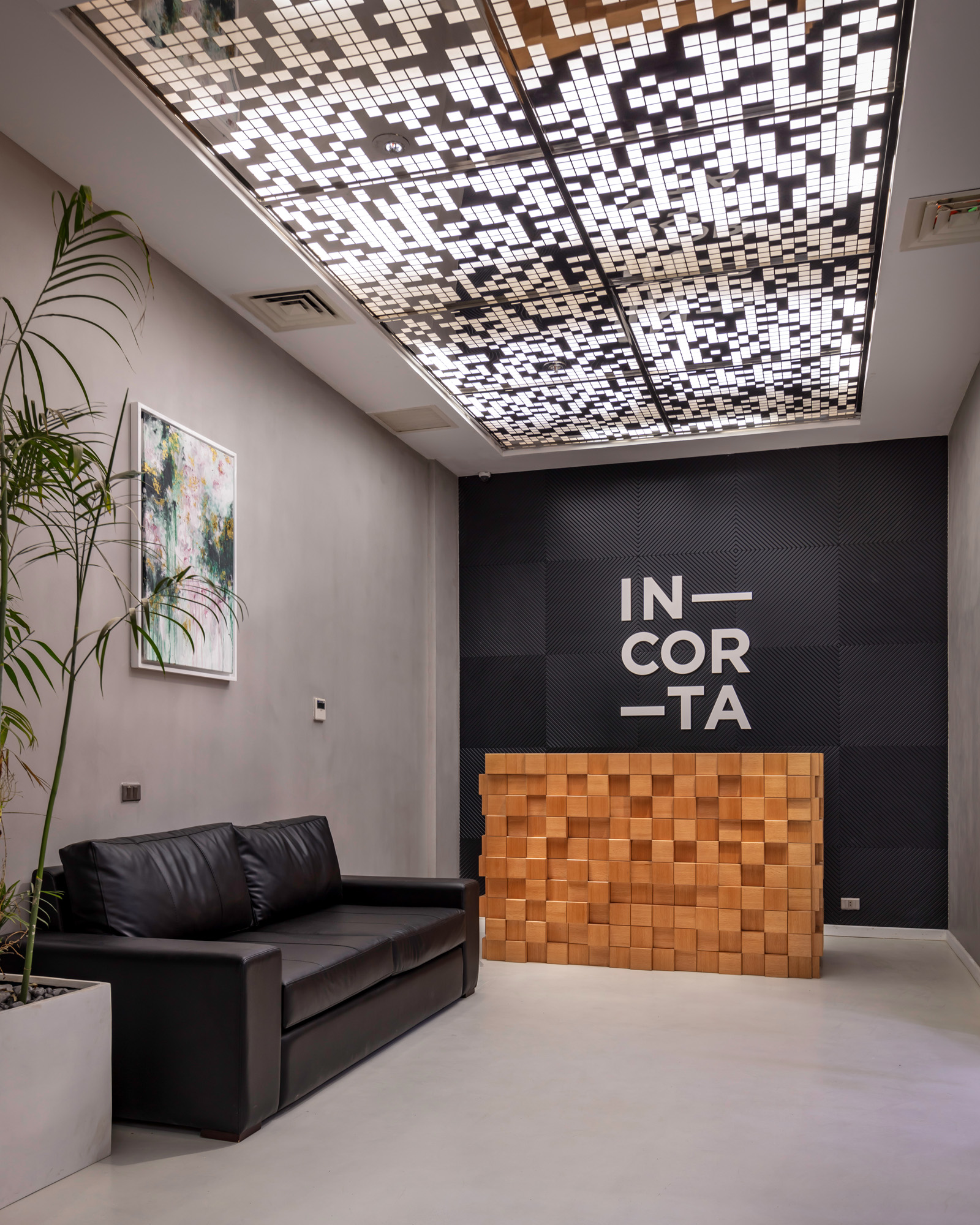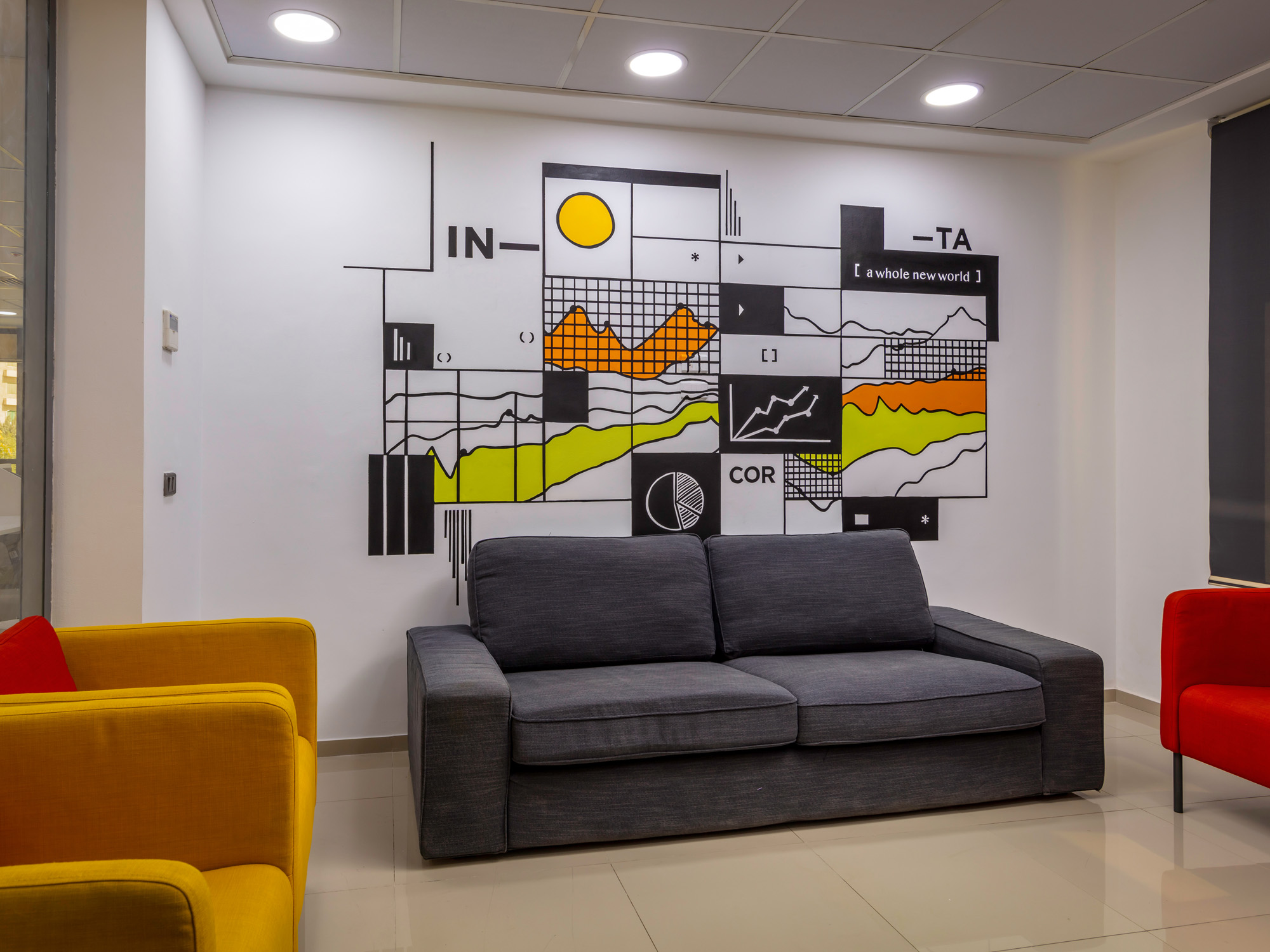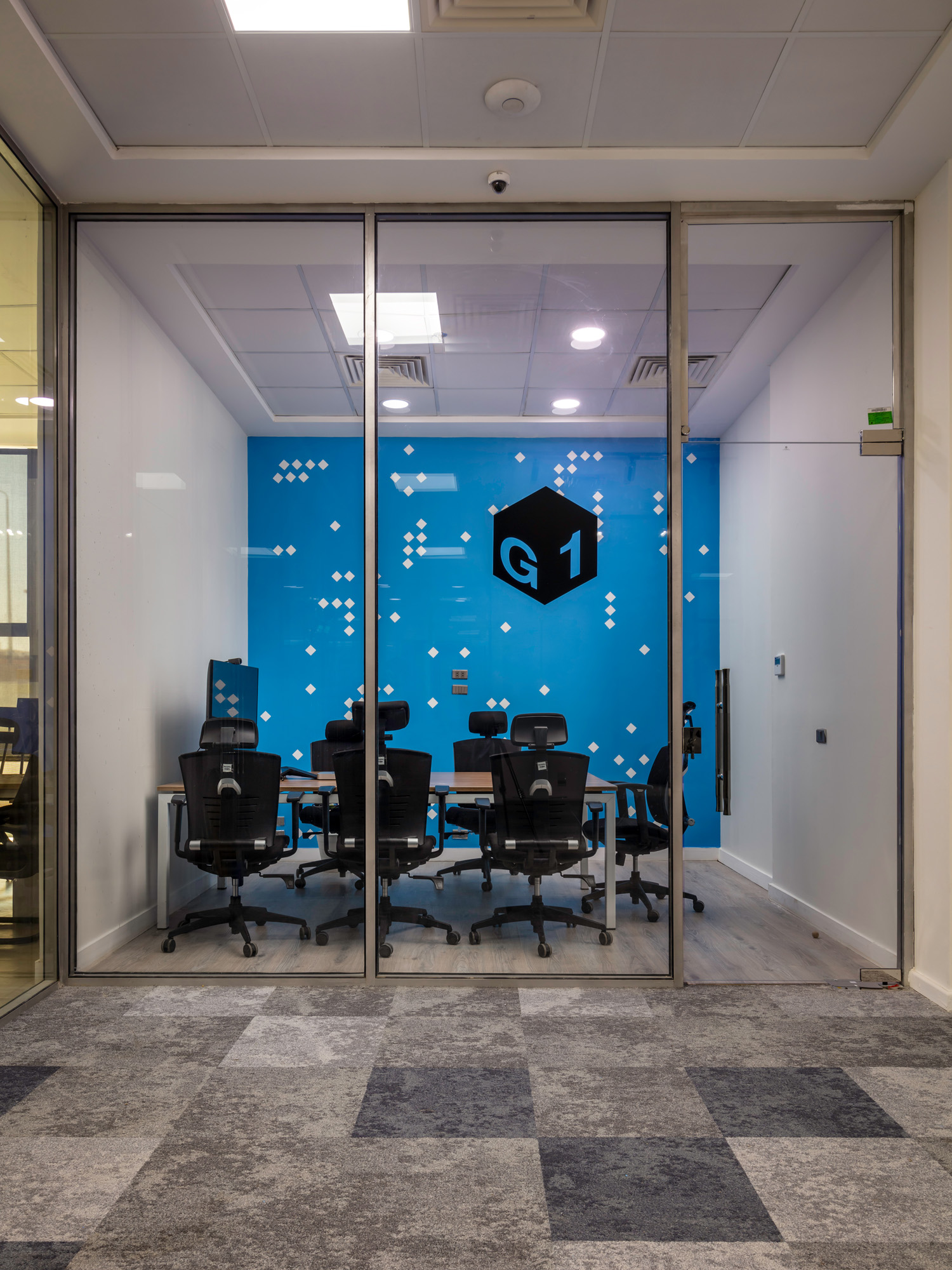
From Burned Out to Balanced: Designing Workplaces for Well-Being and Productivity
Feeling stressed, overwhelmed, and burned out seems to have become an all-too-common...

Are you HR manager, facing any of the following issues with employees at your organization?
If this is the case, we are sorry to hear that, and we can not begin to imagine how such issues could have severe implications for attracting and retaining talent at your organization.
We often hear many of these pain points from our clients. To address these issues and enhance the work environment, we propose a quick design intervention that could also benefit your case – Experiential Graphic Design.
Experiential Graphic Design (XGD) [or what was formally known as Environmental Graphic Design] is mainly concerned with the visual aspects of communicating information and creating experiences that connect people to the place. The Society of Environmental Graphic Design ( SEGD) notes that
Experiential Graphic Design (XGD) involves the orchestration of typography, color, imagery, form, technology and, especially, content to create environments that communicate.
Using graphics and signage in a way that is aligned with the company’s culture, values and mission can help you in multiple ways, such as to:
XGD is just about adding motivational quotes, inspirational posters, or writing down the company’s vision and mission on the walls of the workplace.
XGD is about grasping the essence of your organization and projecting them into three-dimensional touch points.
One example of XGD in action is the Incorta workplace project.
Incorta is a leading software company in the field of data analytics platform. The company has been rapidly expanding and recently underwent a rebranding process. Its workplace in Cairo is a spacious office that spans over three floors with a double height atrium and a garden. However, one of the main challenges that faced the organization was that the employees did not find the office a conducive environment to work.
Accordingly, we collaborated with Incorta team to enhance the work environment. The existing workplace was designed and fully furnished based on pure functional aspects. A single type of desk setting was spread over a typical open plan layout with a number of private offices for the management and meeting rooms of various sizes. Furthermore, all the spaces had a generic look that neither reflected the corporate identity nor matched their new brand.
As part of our work scope, we generated a distinctive narrative for the meeting rooms by:



Overall, experiential graphic design is a powerful tool for creating a unique and memorable experience, improving functionality and efficiency, and fostering a sense of place identity and belonging.
Don’t miss out on this opportunity – bring in a workplace designer with expertise in experiential graphic design to elevate your workplace and drive success.